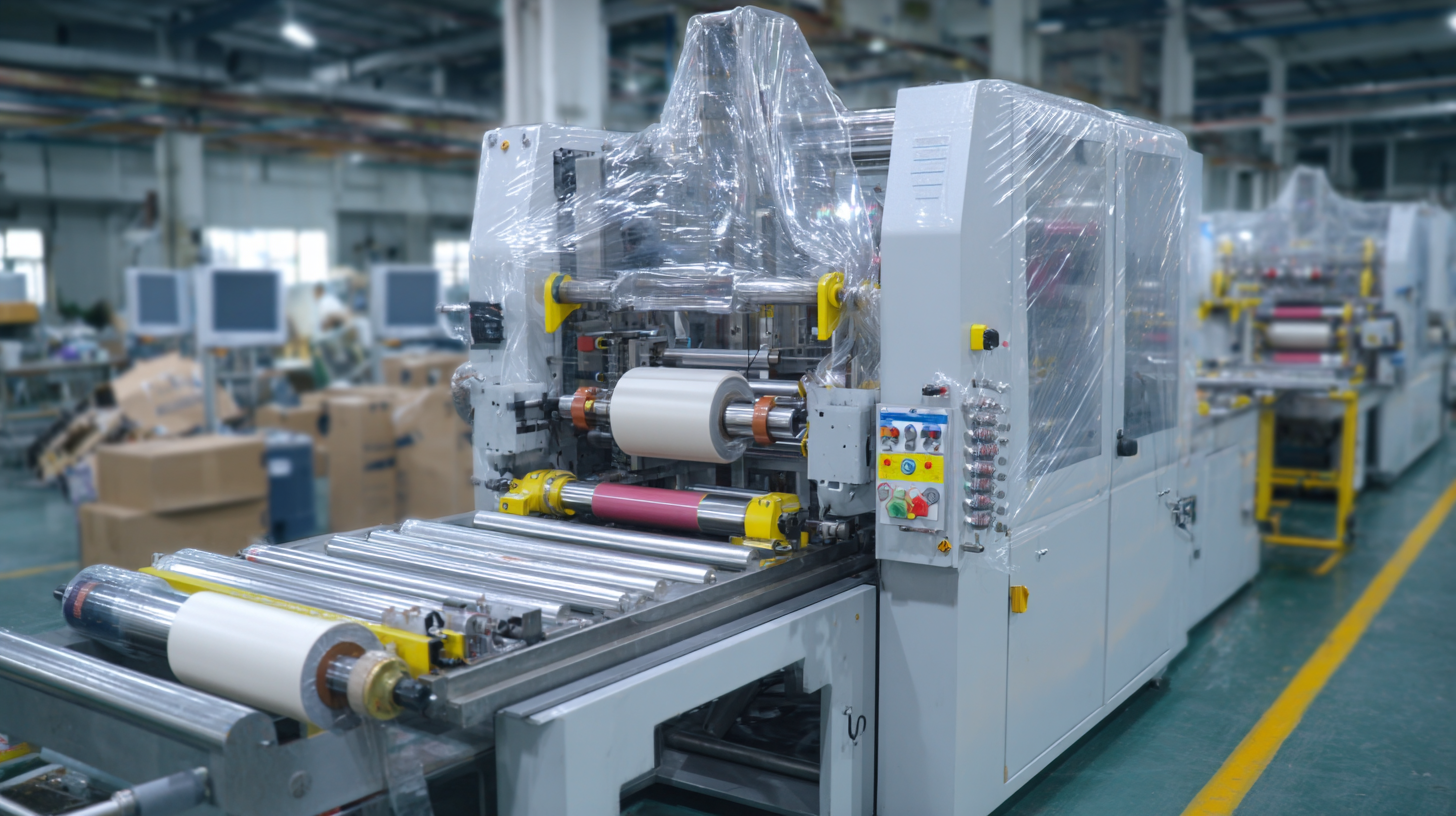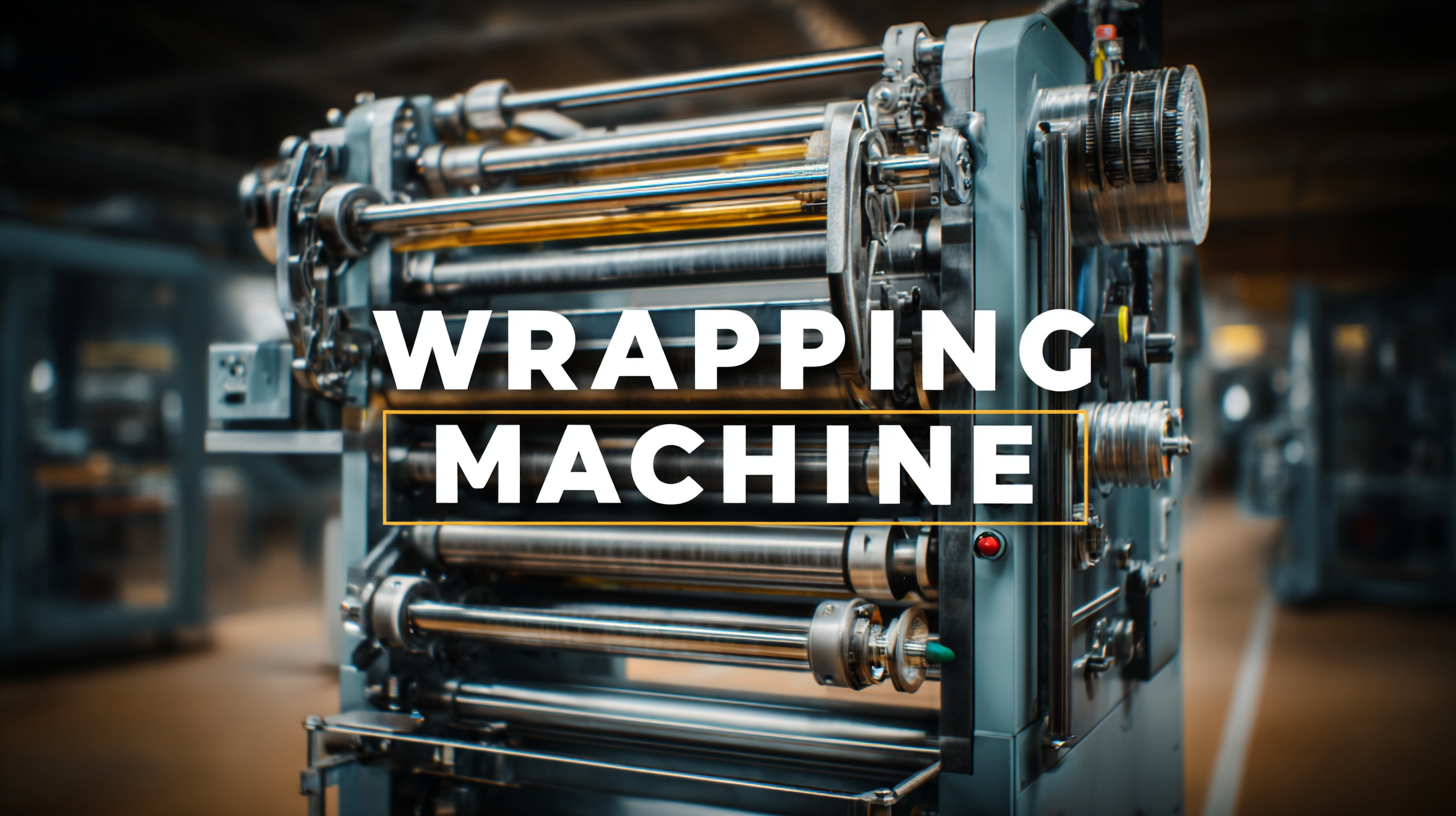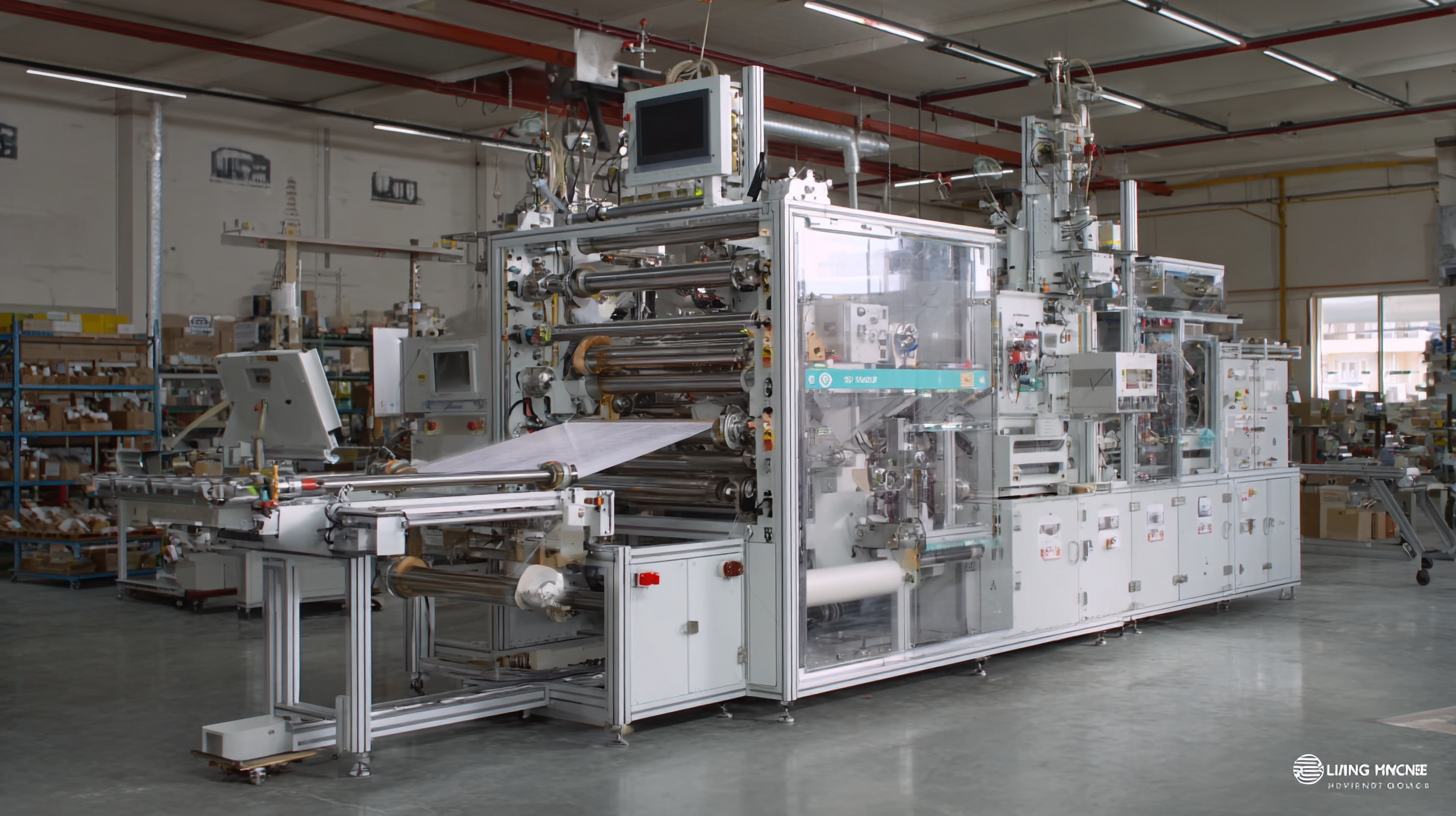How to Choose the Best Wrapping Machine by Understanding Key Technical Specifications and Features
The wrapping machine is an essential piece of equipment in the packaging industry, enabling businesses to enhance efficiency and reduce costs. According to a report by Markets and Markets, the global packaging machinery market is projected to reach $70 billion by 2025, driven by the increasing demand for automated solutions across various sectors. This growth underscores the importance of understanding the key technical specifications and features of wrapping machines to make informed purchasing decisions. With advancements in technology, modern wrapping machines offer a range of functionalities, including speed, versatility, and user-friendliness, catering to a wide array of industries from food and beverage to pharmaceuticals. By comprehensively assessing these critical factors, businesses can ensure they select the best wrapping machine that not only meets their operational requirements but also enhances their overall productivity while delivering high-quality packaging solutions.

Understanding the Evolution of Wrapping Machines: Industry 2025 Trends and Innovations
As we approach 2025, the wrapping machine industry is poised for significant transformations driven by technological advancements and shifting market demands. One of the most notable trends is the rise of automation. Manufacturers are increasingly integrating smart technology into wrapping machines, allowing for real-time monitoring and adjustments. This not only enhances efficiency but also ensures precision in wrapping tasks, reducing material waste and improving product presentation.
Another key innovation is the development of eco-friendly wrapping solutions. With heightened awareness of environmental sustainability, wrapping machines are evolving to utilize biodegradable and recyclable materials. Moreover, advancements in machine design are enabling the use of these materials without compromising on quality or productivity. In this context, operators must consider not only the technical specifications of the machines but also their environmental impact and compatibility with modern packaging materials. As we move towards 2025, keeping an eye on these trends will be crucial for businesses looking to stay competitive in the wrapping industry.
Key Technical Specifications to Consider for Different Types of Wrapping Machines
When selecting the best wrapping machine for your needs, it is crucial to understand the key technical specifications that differentiate various types of machines. One of the most important aspects is the machine's wrapping speed. Depending on your production requirements, you may need a high-speed machine designed for large-scale operations, or a slower, more precise option suitable for smaller batches. The ability to adjust wrapping speeds allows for flexibility in meeting packaging demands, ensuring efficiency without compromising quality.
Another critical specification is the film width compatibility. Different products require varying film sizes, and selecting a machine that accommodates multiple widths can save costs and enhance versatility. Additionally, consider the type of wrapping—whether it’s shrink wrapping, stretch wrapping, or flow wrapping. Each method offers unique benefits based on the product's shape and size, as well as the desired presentation. Understanding these technical features will empower you to choose a wrapping machine that perfectly aligns with your operational needs and product specifications.

Evaluating Material Compatibility: Selecting the Right Film for Packaging Efficiency
When selecting a wrapping machine, one of the crucial aspects to consider is material compatibility, especially when it comes to choosing the right film. The type of film used can significantly affect the efficiency of your packaging process and the protection of your products.
Different materials, such as polyethylene, polypropylene, or PVC, have unique properties that can enhance or hinder the wrapping performance. For instance, polyethylene is known for its excellent stretchability and tear resistance, making it suitable for a variety of packaging needs. Understanding these characteristics helps ensure that your choice of film complements the specific requirements of the products being wrapped.
Another important factor to evaluate is the film's compatibility with the machine itself. Not all wrapping machines are designed to work with every type of film. Some may require thicker films for optimal function, while others may work better with lighter materials. It's essential to assess the specifications of both the wrapping machine and the film to ensure they are well-matched. This compatibility not only influences the integrity of the packaging but also the machine's performance and the overall productivity of your operation. By carefully considering these technical specifications, you can enhance your packaging efficiency and minimize potential issues during the wrapping process.
Analyzing Energy Efficiency Standards and Their Impact on Operational Costs
In today's digital age, the operational costs of data centers are significantly influenced by energy efficiency standards. Understanding these standards is crucial for businesses aiming to reduce overhead while maintaining robust performance.
 Energy-efficient wrapping machines, for instance, can dramatically contribute to minimizing energy consumption, thereby lowering operational costs. Companies should analyze key technical specifications of wrapping machines, focusing on energy consumption metrics that directly impact long-term savings.
Energy-efficient wrapping machines, for instance, can dramatically contribute to minimizing energy consumption, thereby lowering operational costs. Companies should analyze key technical specifications of wrapping machines, focusing on energy consumption metrics that directly impact long-term savings.
Furthermore, as the data center market continues to evolve—with a projected growth from $27.8 billion in 2025 to $39.9 billion by 2032—energy efficiency will become an increasingly pivotal consideration. The integration of energy management systems, coupled with adherence to energy efficiency standards, can enhance operational reliability while ensuring compliance with environmental regulations. By prioritizing energy-efficient machinery and systems, data center operators can streamline their operations, ultimately leading to reduced energy costs and improved profitability.
Top Strategies for Maximizing Productivity and Minimizing Downtime with Wrapping Machines
Maximizing productivity and minimizing downtime with wrapping machines is crucial for operations in the fast-paced packaging industry. According to a report by Smithers Pira, nearly 30% of production downtime can be attributed to machinery faults and inefficiencies. Therefore, selecting a wrapping machine with advanced features such as automated diagnostics and real-time performance monitoring can significantly enhance efficiency. Machines equipped with sensors can predict maintenance needs, allowing for timely interventions that prevent unexpected halts in production.
Furthermore, implementing smart technology in wrapping machines can lead to substantial productivity gains. A study by Packaging Strategies noted that companies utilizing automated wrapping solutions reported a 25% increase in throughput and a reduction in packaging errors by up to 40%. To realize these benefits, it is essential to look for machines that offer flexible settings to accommodate various product sizes and packaging materials, ensuring seamless integration into existing production lines. By focusing on robust technical specifications and leveraging automation capabilities, businesses can optimize their wrapping operations and achieve a more efficient production process.
